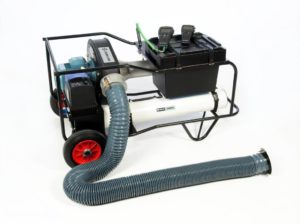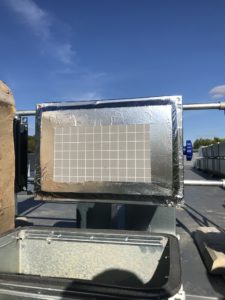Ductwork and HVAC Pressure Testing
Ductwork leakage refers to the unintentional escape of air from a duct system through gaps, cracks, or openings in ducts. Caused by poor installation, ageing of duct materials, inadequate sealing, or physical damage, ductwork leakage can result in failure to comply with regulations, reduced air quality, energy inefficiency, and uneven heating or cooling.
Hasman offer a nationwide independent ductwork pressure testing service in accordance with BESA DW143. We test that ductwork leakage is within the allowable rates stated in BESA DW144. We produce all sign-off documentation immediately to allow client witnessing and convenient sign off. Our staff are fully trained in the use of our state-of-the-art equipment, testing methods and calculations. CSCS cards are held by all of our staff for work on construction site projects. HVAC leakage testing is a crucial aspect of testing and commissioning for new buildings as well as refurbishment works.

DW143 Ductwork Leakage Testing
BESA DW143 outlines the allowable ductwork leakage rates for low, medium and high class ductwork systems. Hasman’s high sensitivity ductwork pressure testing equipment allows us to test all ductwork classes from A to D. Testing is only mandatory for ductwork classes B to D but with increased attention on building’s energy efficiencies testing of class A systems may also be specified. Kitchen Extract LEV systems installed in accordance with DW172 are class A installations unless otherwise stated.
Pressure Testing Procedure
Drawings will be requested prior to works commencing in order to accurately quote for works. Tests are carried out by dividing the ductwork into manageable test sections and test sections are blocked off using reusable blocking materials such as high quality foams to accurately measure ductwork leakage. Test sections are placed under pressure, specified in DW143, results are then calculated and witnessed by the client for sign off. All documentation is sent out electronically to all parties on the day, this includes the test calculations and equipment calibration certificates.

Resolving HVAC Leakage Issues
The ductwork contractor will rectify duct leakage issues if they exceed allowable limits. Traditional methods for reducing ductwork leakage include adding clamps, fixings and mastic to increase air tightness. This process is time-consuming, but it can make a minor improvement to the overall airtightness of a system; however, many areas of the system may be difficult to reach above ceilings, behind walls and other building services. In cases where access is difficult or dramatic improvement to airtightness is required, then a specialist solution is needed. Click the link to find out more about our duct sealing technology, Aeroseal. You can also learn more about our ductwork leakage testing services in our pressure testing and Aeroseal case study.
Hasman: The Duct Leakage Specialists
Ensure the efficiency and performance of your HVAC systems and ductwork with our reliable leakage testing and pressure testing services. Don’t compromise on the effectiveness of your HVAC system – contact us today to schedule a thorough HVAC Leakage & Pressure Testing service and enjoy peace of mind knowing that your ductwork is operating at its best.




